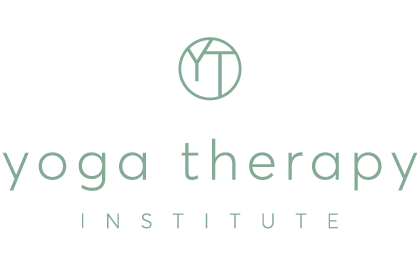Spring Detoxing – The Ayurvedic Way by Shaun Matthews.
Within the therapeutic traditions of Ayurveda, Langhana, or therapies which create lightness of the body, is one of the six main methods of treatment. This type of treatment is specifically indicated when people are suffering from toxicity or overweight. The approach is to strengthen the digestive fire, called “agni” in Sanskrit and to eliminate toxins, called “ama”, from the body.
Some of the traditional methods prescribed in the ancient texts of Ayurveda to bring about purification include fasting, exposure to wind and fresh air, taking herbs to promote digestion, exercise including Yoga postures and sunbathing.
When the food that we eat is not properly digested, it passes into the body and tends to block the channels in the body (arteries, veins, capillaries and lymph), thereby weakening the tissues of the body and creating opportunities for disease to develop. Ayurvedic texts maintain that “ama” is the root of all disease.
As Ayurveda sees the body-mind-spirit complex as a whole, “ama” or toxins manifest on both the physic and mental planes of existence. In this way we understand “ama” as anything that has not been properly digested. This includes experiences we may have in life, thoughts, emotions as well as food we have eaten. To really detoxify at deeper levels we need to address these aspects of our lives as well. Hence the term, “holistic detoxing” better describes the process that we are speaking about.
Holistic Detoxing – What is it?
Holistic detoxing is more than just fasting and eating healthily. It embraces the body, the mind, the emotions and the spiritual dimension of our lives. Each of these levels influences the other levels and in this way we are working to influence our whole being. Some of the ways in which we can do this include the following:
Body – diet, specific fasts, herbs, yoga postures, daily health giving routines
Mind – yogic breathing (pranayama), meditation, yoga nidra, use of sankalpa (healing resolve)
Emotions – sangha (spiritual community), psychotherapy, counselling, mentorship
Spirit – meditation, satsang (association with the wise), spiritual literature, sadhana (spiritual practices), contact with Nature.
Ayurvedic Approaches to Fasting
In Ayurveda, fasting is always prescribed for the individual, rather than a broad spectrum approach. When considering the type of fasting that is most appropriate for you, Ayurveda takes into account a number of factors, including:
– The person’s body-type (prakruti)
– The person’s health imbalance (vikruti)
– The season
– The stage of the lunar cycle is sometimes considered.
In a modern context there are many different types of fast that we can undertake, such as:
• Fasting on one specific day of the week, as recommended by a Vedic astrologer
• Juice fasting using vegetable and fruit juices
• Water fasts
• Soup fasts
• Kichadi fasts
• Fasting using a combination of the above
• Missing your evening meal once a week
Any approach to fasting needs to be supported by “establishing oneself in healthy daily habits”, ie. our patterns around food, exercise, sleep, rest, relaxation, relationships and work.
Fasting Regimens
Breakfast – oatmeal, barley or rolled rice porridge, stewed fruit (apples, pears) in winter – fresh fruit salad in summer (favouring fruit in line with your body-type)
Drinking agni stimulating tea throughout the day, kept in a thermos flask
Lunch – kichadi (modified for season, body-type, health imbalances), upma , panacea.
Dinner – carrot/pumpkin soups, vegetable broth, mung dahl soup.
